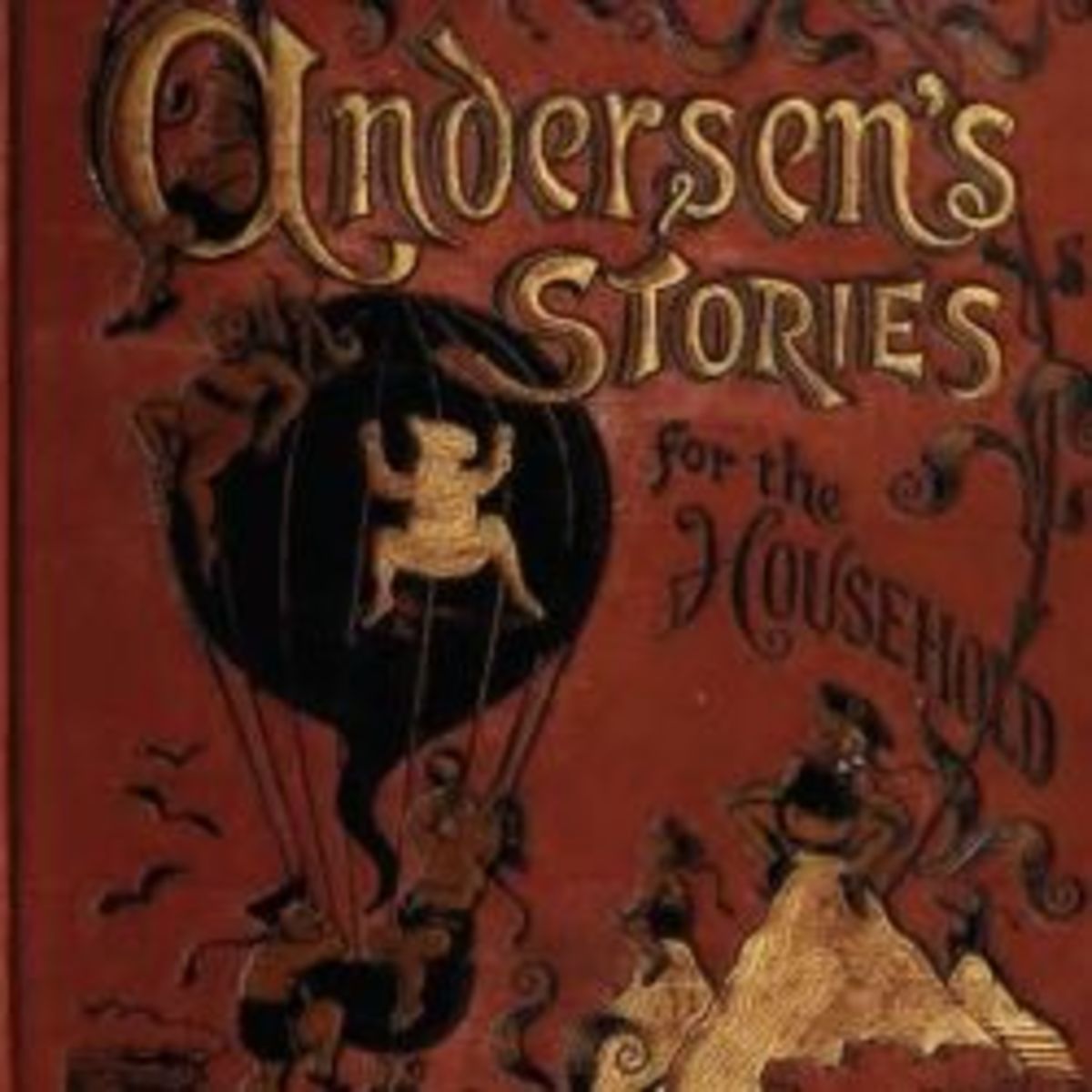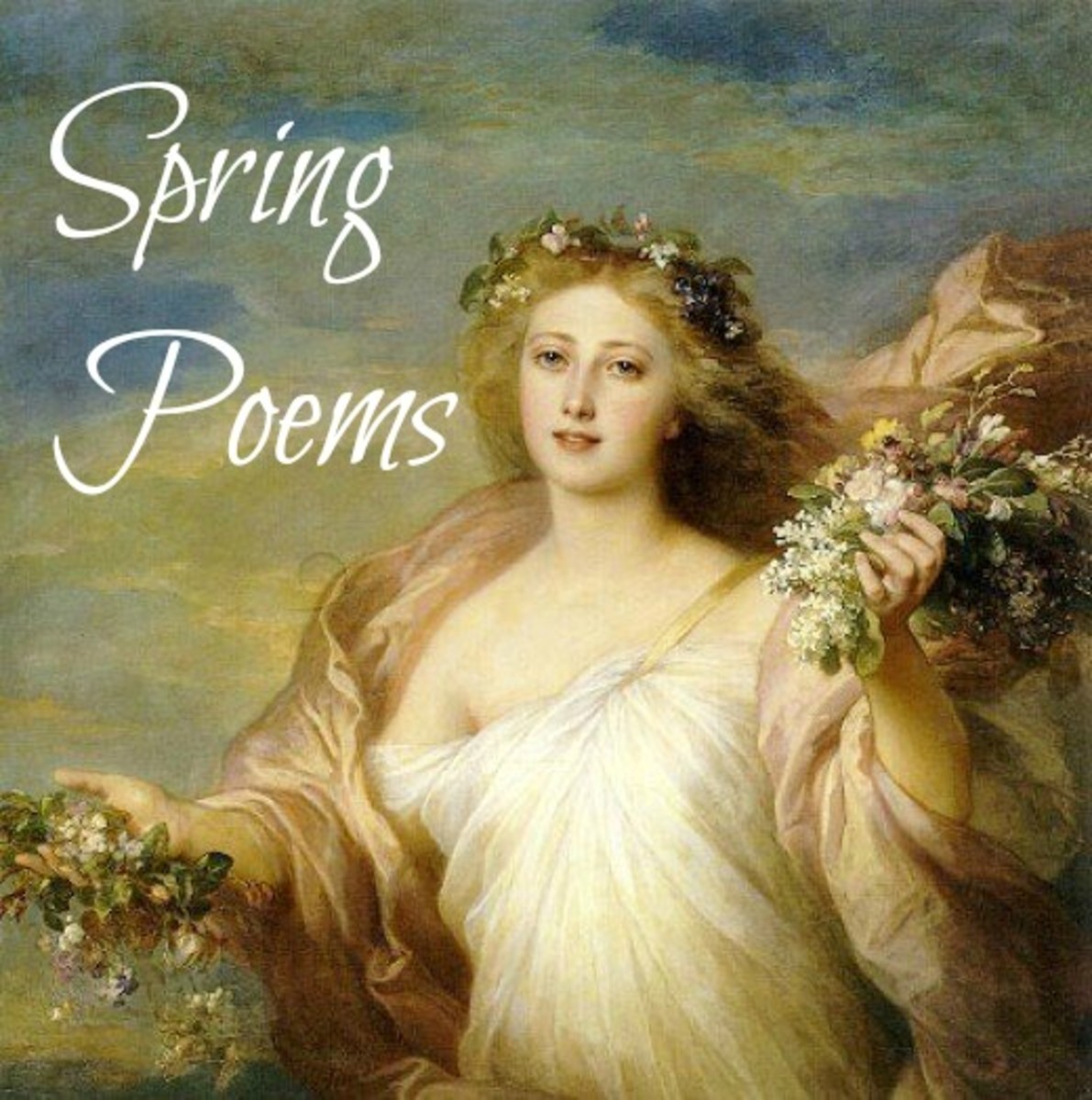George Bernard Shaw's Pygmalion: Use of Thematic Devices to Illustrate Power of Language
In 1912, George Bernard Shaw rewrote the ancient Greek Pygmalion into his own modern day, five act version of the same name. In his play, Shaw touches on a variety of themes; however, the most poignant resonates throughout, defining the ideal that the manner in which a person speaks (with a thick accent or dialect versus high-society, perfect spoken English) determines their position within a class-based society and further, highlights the ideal that perfect spoken English does not necessarily demonstrate the mores, kindliness, or benevolence of that person.
the play itself follows the evolution of the character Eliza Doolittle, a Cockney flower girl, as she is put through the language gauntlet by professor of phonetics, Henry Higgins and interested party, Colonel Pickering. The two men essentially make a bet that Higgins cannot turn Eliza into a convincing duchess within the time span of six months. The story follows this training, with Eliza rising to the occasion; indeed, the end of the experiment has Eliza presented in an Embassy ball which has a former student of Higgins’, and a translator, commenting to the Ambassador that Eliza must be a Hungarian princess. She is perfect in speech and form, and yet, she is not the character who needed training in manners. What Shaw does, by using this manner of plot, is to highlight the inaccuracies within the manners and benevolence of the upper class versus that of the lower class. For, even though Eliza might be born of a certain financial rung, she knows more about kindness and the polite ways of dealing with people than her teacher and self-professed high-society linguist Higgins. In this, it is Higgins who has the bad manners, who is unable to appreciate not only what he has taught Eliza but her value as a human being as well.
In truth, Pygmalion can almost be read as a psychological study on the power that language has over a person and their attitude—whether they are couth or not, whether they have respect for others, and whether they inherently understand the value of a kind and generous human being. Thus the question remains: how much of a person’s mores and manners are tied to the method in which they speak? With that said, next a close look will be taken into the three essential characters, Eliza Doolittle, Henry Higgins, and Mr. Doolittle, to determine their roles as thematic devices which Shaw has chosen to highlight his theme of the power of language. Eliza is portrayed as a Cockney-speaking flower girl striving to make a living on the streets of London. She is a clever salesperson and is respectful, almost to her detriment, towards others, and it is this characteristic that gets her into the play’s main plot when she finds herself being studied by Higgins, who has been diligently copying down her conversations. Eliza, for her part, diligently masters the lessons that Higgins puts before her, and, except in character-defining moments when she tells slightly off-color stories, Eliza learns to represent everything that the upper-class lady is supposed to. However, it is in those moments when Eliza’s true nature shines through that the audience is treated to her essence as a human being, with the insight that it is not language that makes the person what they are—but who they are to begin with, that makes the person into what they will become. And in this thematic device, Shaw’s true message is highlighted by the comparison between Eliza the lady, and Eliza the flower girl—who, despite all Higgins has forced upon her, remains unchanged in her morals and benevolence towards others.
Shaw defined the character of Henry Higgins as the antithesis to that of Eliza. There are a few moments within the play where his true nature comes out, which ultimately demonstrates his hypocritical and highly opportunistic temperament. There is a moment in Act II, when Eliza is sent off for a bath when Higgins’ maid, Mrs. Pearce, informs him that now that there is a lady in the house, he’ll have to keep his swearing and manners in check. This moment, for the audience, represents the beginning of the end for Higgins. Before this (and even after she castigates him), he believes himself to be the ultimate high-society gentleman, famous linguist and author of “Universal Grammar;” however, as Shaw lets the audience in little by little, it becomes clear that Higgins does not hold himself to the higher standard that he has set for others. Then in Act III, Higgins proudly boasts to his mother about the Cockney flower girl he has picked up at the market, and, during the same conversation, he is markedly rude to her guests. This can be considered Higgins’ defining moment. In reality, Shaw has painted him the insolent, snobby, silver spooned, mamma’s boy. Higgins has no real consideration for others, and would never have taken up his quest to improve (or, he believes, fix) Eliza unless he had taken on the bet with Colonel Pickering. In fact, Higgins’ only real asset is his ability to disparage others while still believing himself the gentleman, the man of honor, the man willing to spend the time helping others less fortunate than himself. Higgins is everything that he believes the lower-class to be, simply because of their less than refined language skills.
Now, indeed, some of the lower class people represent exactly what Higgins believes them to, like Mr. Doolittle for example, who only wants handouts when he senses his daughter’s position within the upper-class hands of Higgins’ and dismisses any value that she might hold for gim other than her ability to gain him wealth. Mr. Doolittle is everything in character that Higgins himself denies being. He is conniving, self-serving, and ultimately only out to do for himself. Indeed, Shaw has set Mr. Doolittle up as the direct parallel to Higgins, opening the door to thematic comparison between the two by making their character personalities literal copies of the other. In this, Shaw is exposing the ideal that proper spoken English doesn’t necessarily make a better human being. If anything, Higgins serves the archetypal purpose of the villain because he is unable to acknowledge his bad behavior, thinking himself the perfect gentleman; while Mr. Doolittle understands very fully what he is about, giving no compunctions for his unseeingly behavior—marking it down to being in the lower-class, never given a break by the upper-class.
George Bernard Shaw’s reproduction of the ancient Greek Pygmalion serves the greater purpose of exposing the near-archetype of language versus class (and simple manners). By analyzing the characters of Eliza Doolittle and Henry Higgins, an audience is drawn into the reversed roles of upper-class refinement and protocol versus lower-class uncultured and uncivilized behavior. In this, Shaw’s thematic device is to illustrate that not only does language have nothing to do with proper, civilized behavior, but those in the upper-class, like Higgins, are less likely to hold themselves to the same standards with which they treat others simply because by speaking proper English, they believe themselves the better example of humanity.
Reference
Shaw, George Bernard. The Complete Plays of Bernard Shaw. London: Constable, 1931.








